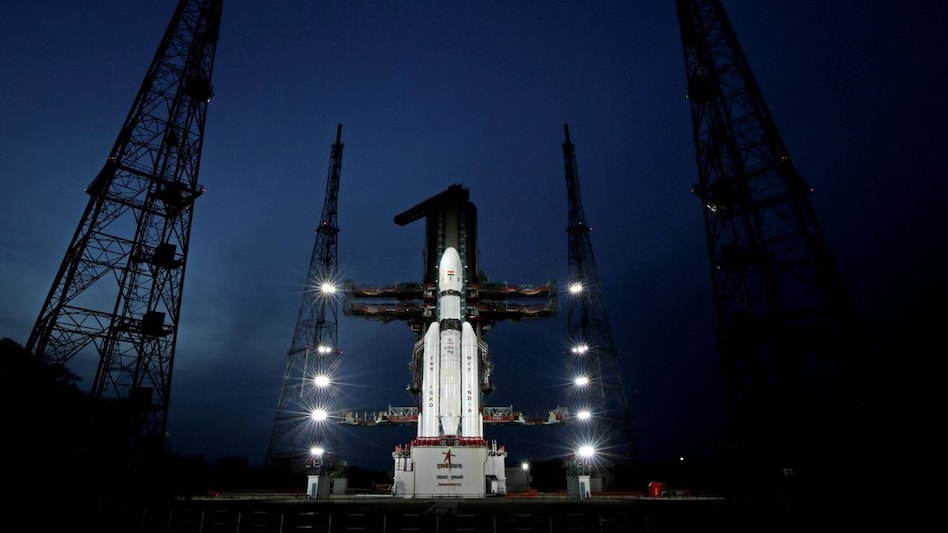 (Image: ISRO/Twitter)
(Image: ISRO/Twitter) (Image: ISRO/Twitter)
(Image: ISRO/Twitter)The Indian Space Research Organisation (ISRO) on Tuesday said that it has undertaken a 24-hour "launch rehearsal" simulating the entire launch preparation and process for the Chandrayaan-3 mission to the moon. The Chandrayaan-3 mission is slated to be launched on July 14 at 2:35 pm onboard a Launch Vehicle Mark 3 (LVM3) from Satish Dhawan Space Centre, Sriharikota.
"The ‘Launch Rehearsal’ simulating the entire launch preparation and process lasting 24 hours has been concluded," ISRO tweeted on July 11.
Chandrayaan-3, India’s third lunar exploration mission is ready to take off in fourth operational mission (M4) of LVM3 launcher. It is a follow-on mission to Chandrayaan-2 to demonstrate end-to-end capability in safe landing and roving on the lunar surface.
Chandrayaan 3: All you need to know about ISRO's 'failure-based design'
It is to be noted that Chandrayaan-3 is a follow-up mission after the crash-landing of Chandrayaan-2 in September 2019 due to a software glitch.
Ahead of the launch, ISRO said it has opted for a "failure-based design" for the second attempt to ensure that the rover successfully lands on the moon even if some things go wrong.
ISRO Chairman S Somanath said instead of a success-based design in Chandrayaan-2, the space agency opted for a failure-based design in Chandrayaan-3, focused on what all can fail and how to protect it and ensure a successful landing.
The ISRO chief shared minute details about what went wrong with the Vikram lander of Chandrayaan-2 as it went hurtling down towards the identified 500m x 500 m landing spot on the lunar surface with the engines designed to reduce its velocity developing higher thrust than expected.
This time, Somanath stated that the area of landing has been expanded from 500m x 500m to four km by 2.5 km.
"It can land anywhere, so it doesn't limit you to target a specific point. It will target a specific point only in nominal conditions. So, if the performance is poor, it can land anywhere within that area," he said.
He said the Chandrayaan-3 also has more fuel so it has more capability to travel or handle dispersion or move to an alternate landing site.
The ISRO chief said the Vikram lander now has additional solar panels on other surfaces to ensure that it generates power no matter how it lands. The spacecraft was also tested for the ability to withstand vibrations by flying it over different terrains using a helicopter, while cranes were used to test the landing processes, he said.
Chandrayaan-3 mission: About
Chandrayaan-3 consists of an indigenous propulsion module, lander module, and a rover with an objective of developing and demonstrating new technologies required for inter-planetary missions. The propulsion module will carry the lander and rover from injection orbit to till 100 km lunar orbit. It also carries a Spectro-polarimetry of Habitable Planetary Earth (SHAPE) payload to study the spectral and polarimetric measurements of earth from the lunar orbit.
(With PTI inputs)
Also Read: 28% GST on online gaming 'unconstitutional’, will lead to job losses, say industry experts